A Brief Guide to the Patek Philippe 1563 Split Seconds and 3699 Observatory Tourbillon
It goes without saying, but I would certainly like to suggest that no trip to Geneva is complete without making your way to the Plainpalais district for the Patek Philippe Museum, which houses an impressive collection of masterpieces by Philippe Stern. The building is home to one of the world's largest collections of watches and clocks (not limited to Patek), its contents spanning the last 500 years. On top of that, it holds one of the largest horological libraries in the world with over 8000 books and documents on timekeeping. It was an amazing experience to say the least, but this isn’t about the museum itself. Among the many exceptional exhibits, two timepieces stood out obviously due to their respective relationships to remarkable people.
1563 Split Seconds
The first standout was the elusive ‘Duke Ellington’ reference 1563. Typically, Patek would have referred an American client to their dealer in the USA. However, the renowned bandleader had already established a relationship with the Geneva salon during his travels. Ellington purchased the watch from the salon on July 28th, 1948. It epitomized his penchant for quality, fitting for someone of Ellington's stature.
 The Luminous ref. 1563. Image: Eqo Time Group. First Headline Image: Hodinkee
The Luminous ref. 1563. Image: Eqo Time Group. First Headline Image: Hodinkee
Before we get to the main attraction, we need to talk about its origins and have a look at its predecessors. Let's go back to the first couple of references that came before the reference 1563. In the 30s, Patek introduced their first chronograph wristwatches with the 130, which was also the first watch resembling the ‘Tasti Tondi’ (more on that below). This watch marked a significant milestone for Patek Philippe, being one of their earliest wristwatches with a chronograph function; all previous chronographs were pocket watches. With a diameter of 33mm, the ref. 130 was primarily found in yellow gold cases, although steel versions were also available, along with a few rare rose gold cases. There were also configurations with a mix of steel and gold, which were equally uncommon. This model, laying the groundwork for the Tasti Tondi style, remained in production until the late 1960s. Also, an interesting fact: Patek made 10 one-of-a-kind split-seconds ref. 130, but the one dubbed ‘The Boeing’ makes an exceptional instance of double-stamping that merits attention, which was signed and sold by Cartier. This unique monopusher, split-second chronograph was made by Patek in 1930 and bought by William E. Boeing (Yes, THAT Boeing!) in 1939.
 Ref. 130 with unique handset and Cartier signature. Image: Christie’s
Ref. 130 with unique handset and Cartier signature. Image: Christie’s
When Patek introduced the ref. 1463, it marked a significant milestone in the brand's manufacturing history. It became their first fully water-resistant chronograph, a distinction that remained unique until 2018. These 35mm cases were made by Borgel (Taubert & Fils) who, at that time, also made cases for Vacheron Constantin, Movado, and Mido. The challenge in creating a water-resistant chronograph lay in the design of the pushers, which is why the pushers on the 1463 differ from those on the 130. These round pushers, with their scalloped ends, inspired the nickname ‘Tasti Tondi’ among collectors. ‘Tondi’ (or ‘tondo’ in singular form) refers to circular artwork from the Renaissance era, derived from the Italian word ‘rotondo’, meaning “round”, which aptly describes the distinctive scalloped pushers. Notably, this reference was the only serially produced water-resistant chronograph by the brand until the release of the 5070 in 1998. The Tasti Tondi's round pushers are a hallmark feature of the 1463.
The 1563 watch can often be confused with ref. 1463, and these two watches share many features including the same 13-ligne Valjoux-based caliber, the same round pushers used to activate the chronograph, and a water-resistant, screw-in case back. However, the 1563 is differentiated by being a rattrapante, or ‘split-second’ chronograph. This feature is useful for timing laps in races or other events with multiple intervals. The word ‘rattrapante’ comes from the French word ‘rattraper’, meaning "to catch up”. Split-second chronographs with water-resistant cases and round push buttons were extremely rare, which makes the 1563 extremely desirable from an exclusivity standpoint.
 ‘Tasti Tondi’ Patek Philippe 1463, Part of Hairspring Finds. Image: The Keystone
‘Tasti Tondi’ Patek Philippe 1463, Part of Hairspring Finds. Image: The Keystone
During this time period, among many standard chronographs, Patek made only two split-seconds chronograph models: the 1436 and the 1563. Another split-seconds chronograph from that time was the reference 1436 which was produced for 30 years. Throughout its production run, the 1436 has featured two different mechanisms for splitting the chronograph seconds hand. In the first generation, the crown itself acted as a button to split and reunite the seconds hands. In the second generation, the 1436 was upgraded to a more traditional and reliable design with a co-axial button within the crown. Indeed, Patek was the first to incorporate a split-seconds complication into a wristwatch, making the reference 1436 a continuation of these pioneering efforts.
 Ref. 1436 in Steel. Image: Phillips
Ref. 1436 in Steel. Image: Phillips
The increasing demand for chronographs in the 1930s, especially in the US, led Jean and Charles Stern, the new owners of Patek Philippe at that time, to establish a connection with Reymond Frères of the Vallée de Joux in order to utilize the company's column-wheel chronograph. The laterally paired chronograph calibers from Patek would be built upon this movement in terms of design. The 13-lignes movement (also used for ref. 1436) that made up the heavily modified caliber VZ23 was inspired by the bridge that would eventually house the recognizable three-armed chronograph. It included a big balancing wheel set atop a special cock and a swan-neck regulator to change the hairspring's active length. This movement is known as the 13-130 CCR. Up until 1974, the caliber VZ23 was the most-used chronograph movement offered by Patek Philippe.
There are only three ref. 1563 chronographs that are known to exist, and two of them are owned by private collectors; Christie's last auctioned one of these two in 2014 for CHF 965,000. The third, the Duke Ellington 1563, was purchased by the Patek Philippe Museum in 2002 for USD 1,593,396 through Phillips De Pury & Luxembourg. It's really hard to overstate the rarity of these three watches. One that was sold at the Christie’s auction in 2013 features Breguet numerals and tritium-filled hands, and the one owned by Biver stands out slightly with its pulsometer scale.
When it comes to rarity and desirability, the 1563 is truly unparalleled. Based on the design of the reference 1436, it has a much sportier and larger case with oversized chronograph pushers, along with a split-seconds complication (movement 13-130). Remarkably, all three examples were made in yellow gold. Now that we’ve covered its lineage, let’s get into the details of each 1563.

Left to Right, Examples 1-3. Image: Christie's
Example 1:
This first example features painted Breguet numerals, an outer minute track with concentric fifths of a second divisions, Arabic numerals marking five-minute/seconds intervals, an outermost tachometer scale, and subsidiary dials for seconds and a 30-minute register and yellow gold ‘lozenge’ hands. Interestingly, while Breguet numerals were typically reserved for the steel 1436s, this example of the 1563 also features Breguet numerals. It had the movement no. 867'196, case no. 657'132 and was manufactured in 1947.
It was sold to a private collector in 2013 for CHF 1,445,000 at a Christie’s auction.
Example 2:
Famously known as the one from Jean-Claude Biver’s private collection, this second example features a two-tone silvered dial, applied gold batons and Arabic numerals, outer railway five minute divisions and scale calibrated for 15 pulsations, two subsidiary dials for constant seconds and 30 minutes register, and the standard circular 35mm water-resistant-type case. This particular example also featured the pulsometer scale instead of the tachometer scale. It had the movement no. 862'420, case no. 630'552, with the movement manufactured in 1940, and upgraded with the present case in 1943.
It was sold for CHF 965,00 in 2014 at a Christie’s auction, 4 years after JCB bought it in 2010.
Example 3:
The ‘Duke Ellington’. This example features a satin-finished silver dial, applied gold Arabic numerals and baton indexes with the tachymeter scale graduated for 1,000 meters, subsidiary seconds dial at 9 o’clock with gold ‘feuille’ hands and gold counterpoised seconds hand. Cased in a screw-down yellow gold case with the case no. 630’ 551 and movement no. 863’79.
This first-ever made 1563 was bought back by the manufacturer in 2002 for the price of USD 1,593,396, and, as mentioned previously, proudly sits in the Patek Philippe Museum in Geneva.
3699 Observatory Tourbillon
The second standout was another exceptional watch, ref. 3699. It was originally a tourbillon movement made by Patek specifically for the Observatory Time Trials before it was encased to be worn as a personal watch by Philippe Stern, then-president of Patek Philippe. Described by Watchbox’s Jack Forester as the single most truly badass – in every way possible – personal daily wear wristwatch he’s ever seen, and for good reasons. In our words, it's like plugging a Formula 1 V12 into your daily driver. Overkill, but admirable commitment.

Ref. 3699. Image: Patek Philippe Museum
Occasionally, Patek would create movements solely for research, testing, or competition. They made a select few specifically for the Geneva Observatory ‘Concours de Chronométrie’. These movements were built to stringent specifications, ensuring they met the criteria for Category D (wristwatches), which required the movement's diameter to exceed neither a 30mm size nor a total surface area of 706.86mm. These movements were constructed and finished to the firm's highest standards, surpassing what would be commercially viable.
Patek started the production of tourbillon movements for wristwatches in the 1940s, with many of them housed in watches created specifically for the Geneva Observatory timing trials during that period. The specific movement for the 3699, numbered 861.115, was made by André Bornand, a master watchmaker for Patek at that time, and professor at the Geneva School of Watchmaking, who stood as one of the finest tourbillon specialists of the 20th century. Another notable movement that was designed by Bornand features an unusual 50-second tourbillon. It was movement no. 866'503, caliber 34T, which was adjusted by René Mathey for competitions and features several interesting characteristics.

Left, Bornand’s caliber 34T. Right, Movement 861’115 adjusted by André Zibach. Images: Patek Philippe.
Similar to movement no. 861'115, it has a Guillaume compensating balance and a steel Breguet balance spring. Additionally, it includes a cage made of beryllium bronze, which is amagnetic and lighter than steel, making it ideal for a tourbillon carriage. The caliber 34T is a Bornand modification of the rectangular Patek caliber 34S and has a 57-hour power reserve. According to the museum, a total of five were built between 1958 and 1966, all of which obtained first-class chronometry bulletins, with two winning first prize in their category in the Geneva Observatory competition.
The Adjusters’ (or Regleurs) tasks involved refining every aspect that influences a watch's rate, including shocks, positional changes, temperature and barometric pressure variations, balance spring clearance, balance and spring poise defects, maintaining impulse effects, and friction, among other things. Essentially, they were the elite master watchmakers, responsible for fine-tuning the competition watches that were akin to the ‘Formula One’ of chronometers in that era as Max Studer, the former technical director of Patek Philippe, puts it.
What makes it even more special was that it was adjusted for the Geneva Observatory trials by André Zibach, Bornand’s former student. Between 1948 and 1959, Zibach meticulously adjusted this watch on seven occasions, while Max Studer adjusted it again in 1963. It’s worth mentioning that Zibach also adjusted the 2556 chronometer with straight line lever escapement, which received a ‘Bulletin de Premiére Classe’ at the 1955 Geneva Observatory Competition. Achieving Observatory standards with a tourbillon movement represents the pinnacle of difficulty and challenge for a watchmaker, which demands an extensive depth of knowledge, understanding, and experience from the adjuster. Every watch would have to pass an extremely difficult 44-day test and receive a certificate afterward in order to be eligible to compete in a given year's competition. It could then be officially certified as an Observatory Chronometer.
This movement itself features a bimetallic Guillaume balance, the same type used by Rolex in its Kew A chronometers, along with a steel Breguet overcoil, vibrating at 21,600 VPH. Upon Philippe Stern’s request, it was encased in 1987 and designated as reference 3699 for him to wear. At some point, the piece entered the permanent collection at the Patek Museum, where it enjoys a relatively accessible spot for enthusiasts to look at to this day.
The detailed histories of these two timepieces, references 1563 and 3699, encapsulate what was so interesting to me about a trip to the most well-known city for watchmaking: the way that watches are mechanical objects that hold personal stories, living alongside individuals while being part of the history of horological advancement. From being worn on the wrist of Duke Ellington to being a feat of engineering so admired by Patek Philippe’s president that it was transformed from just a movement into something to be displayed and worn on the wrist, these two references are ones with stories that deserve to be told.










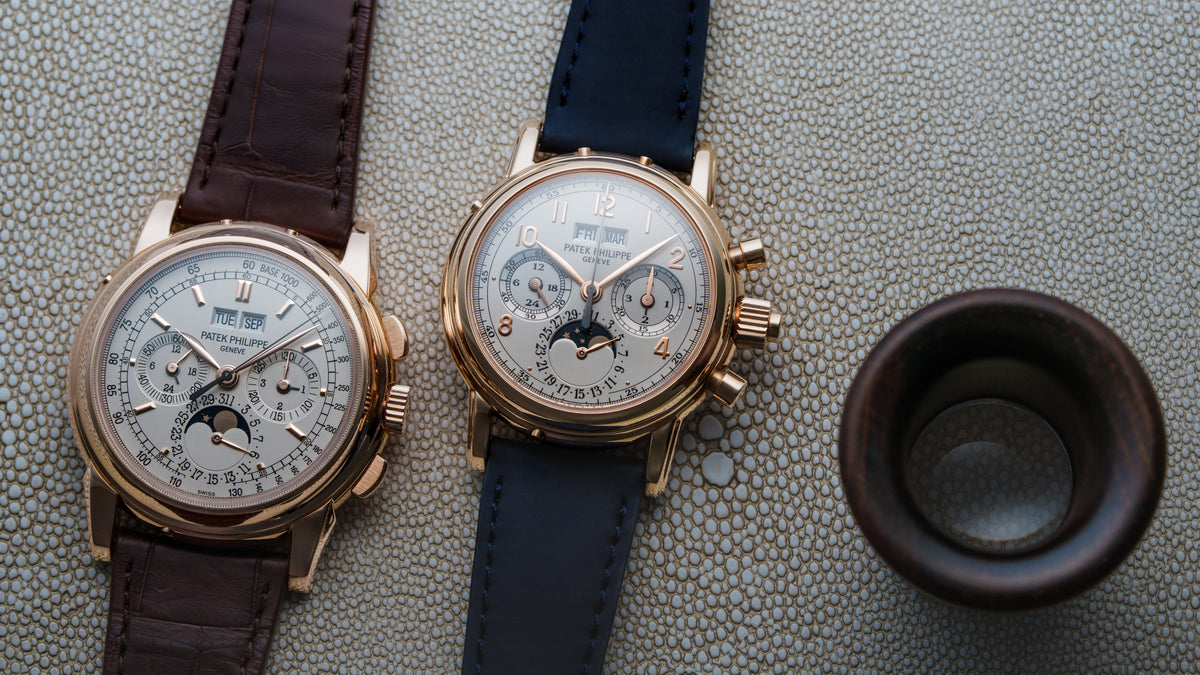
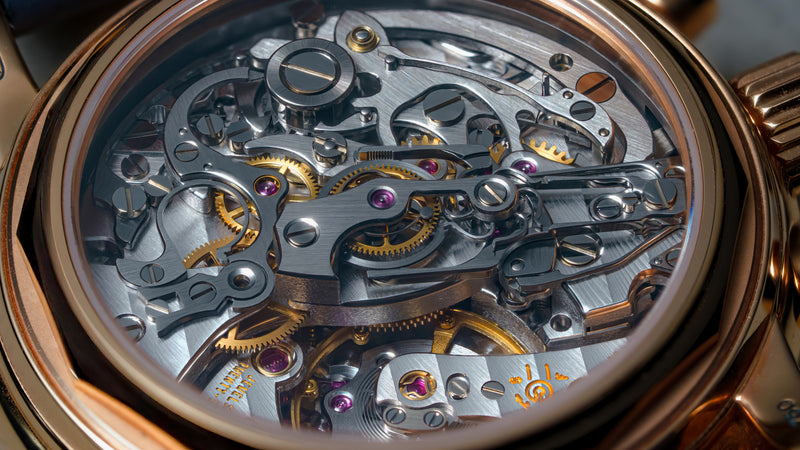











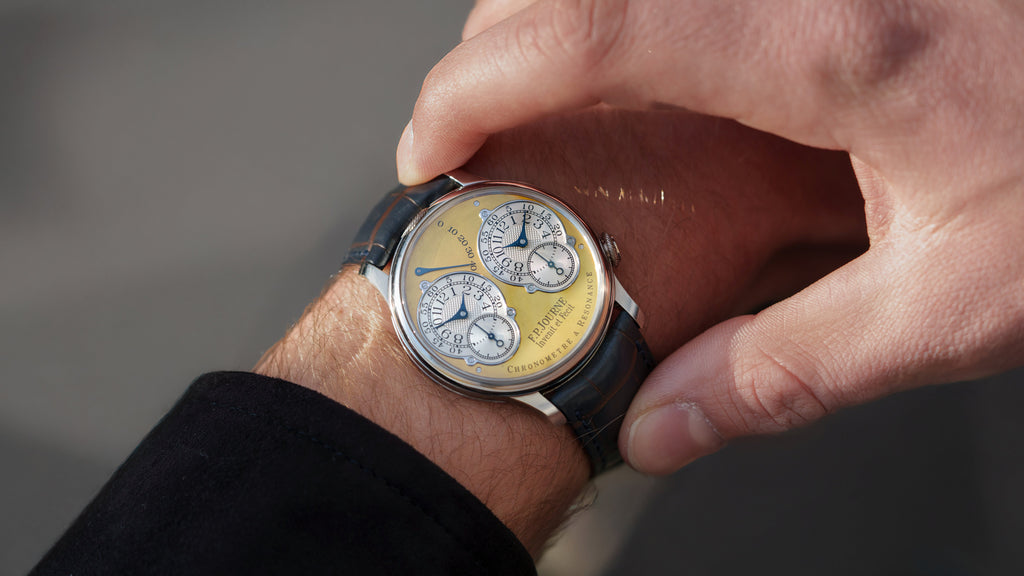
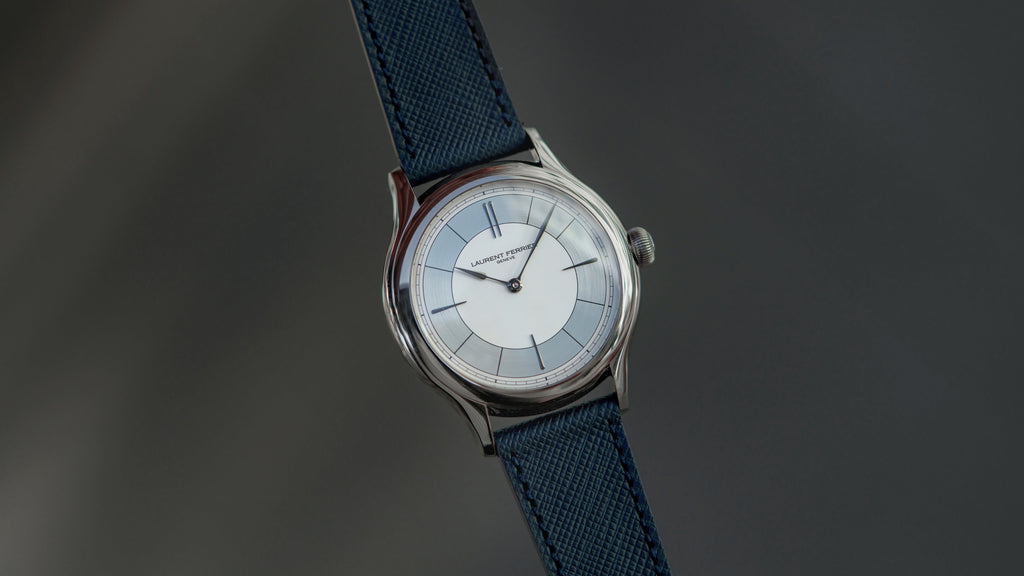

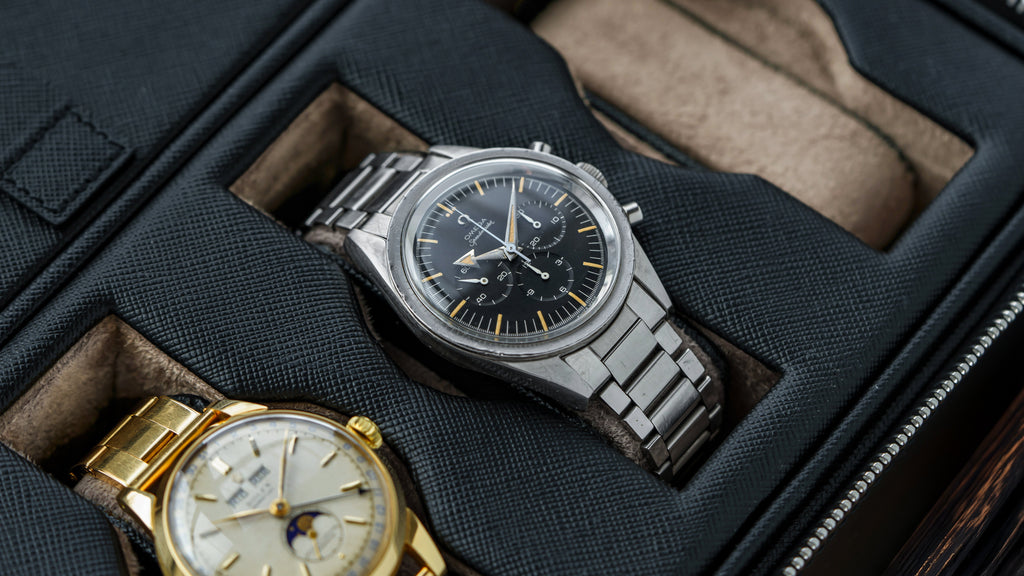
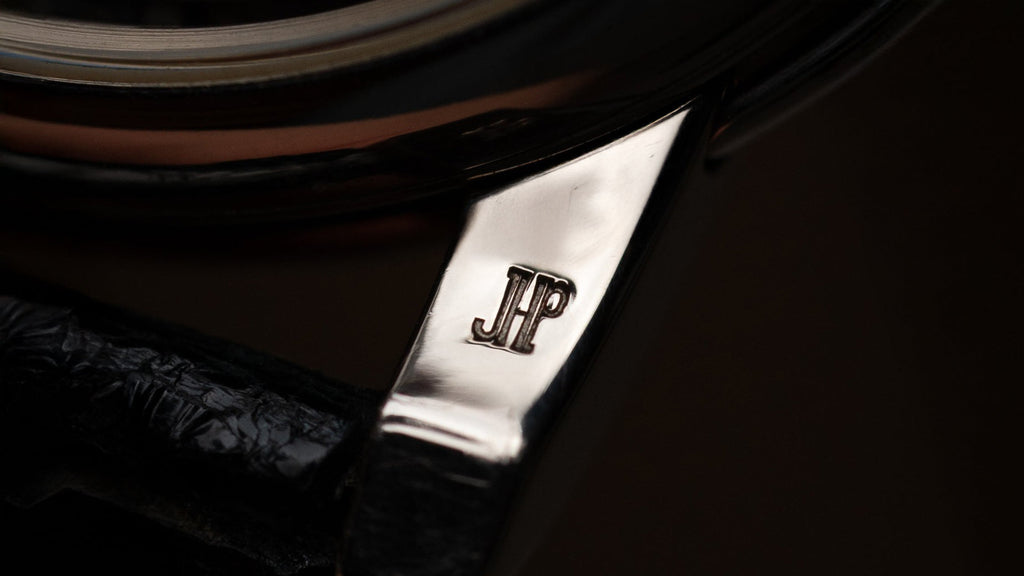
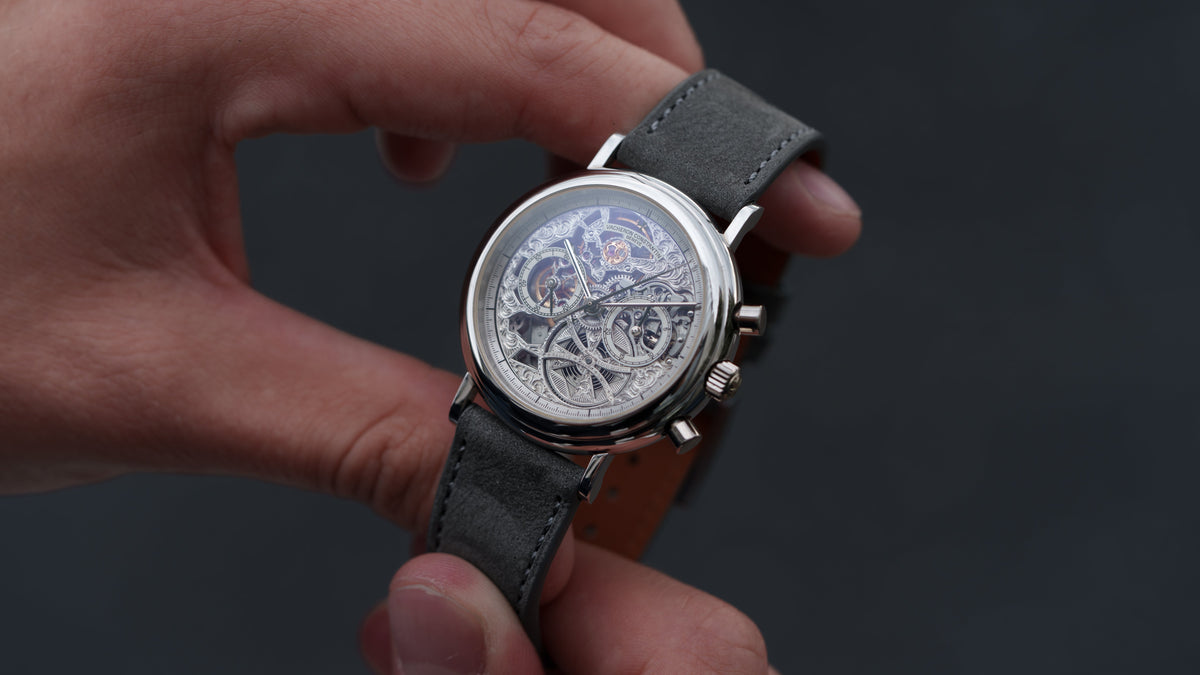
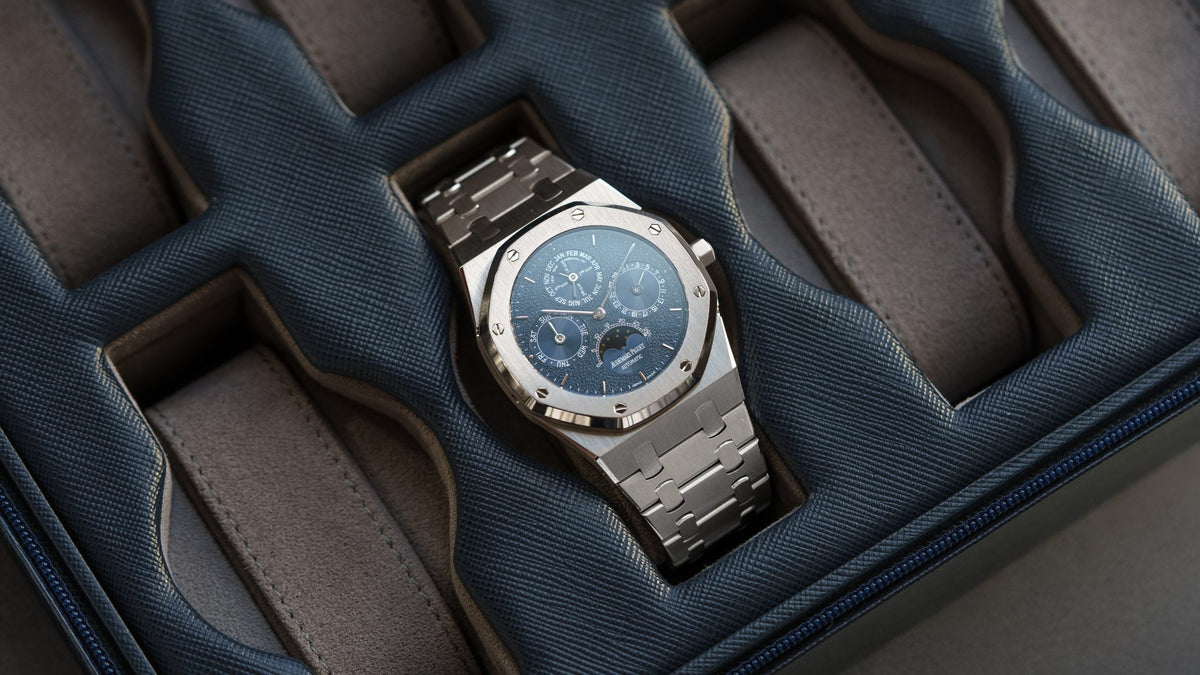
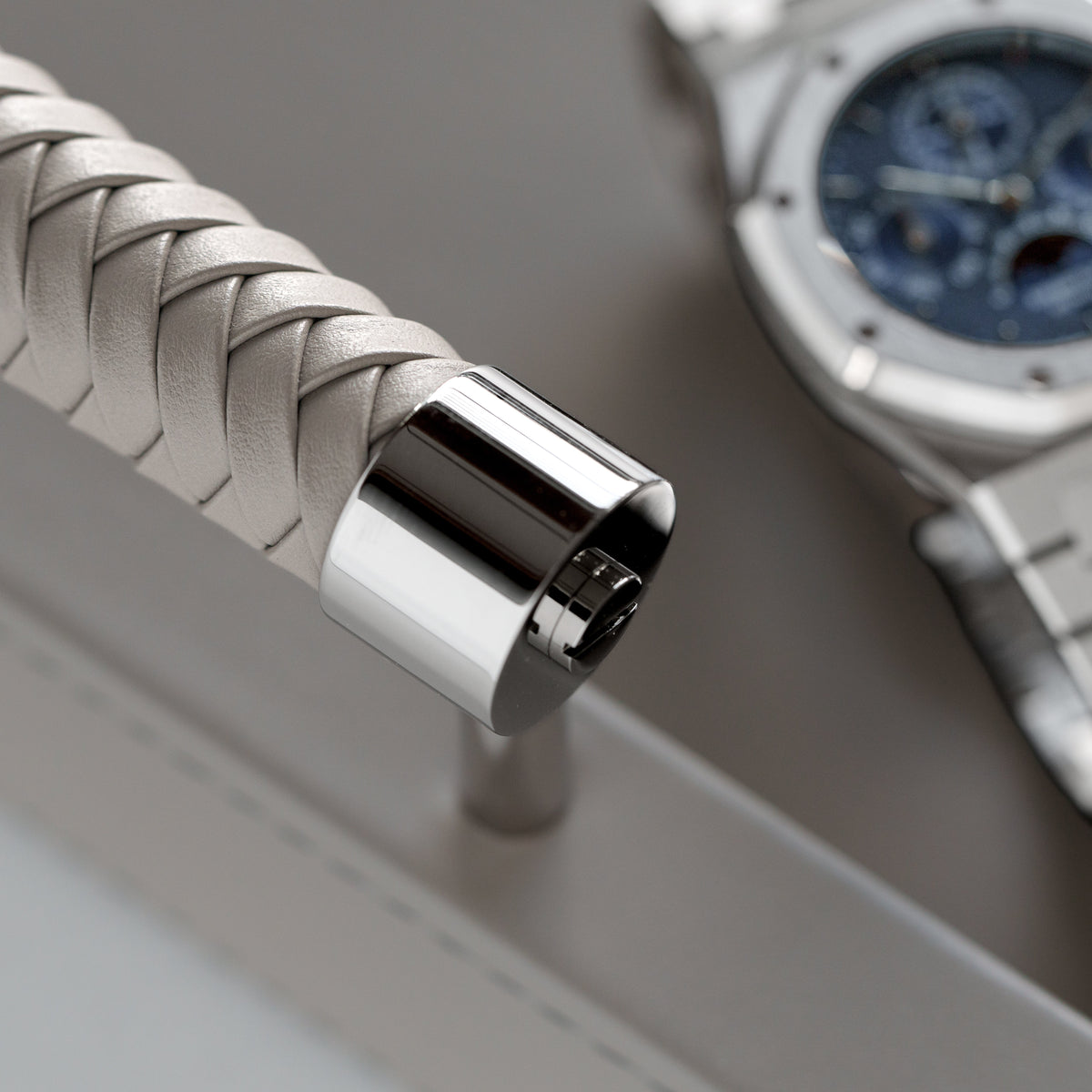
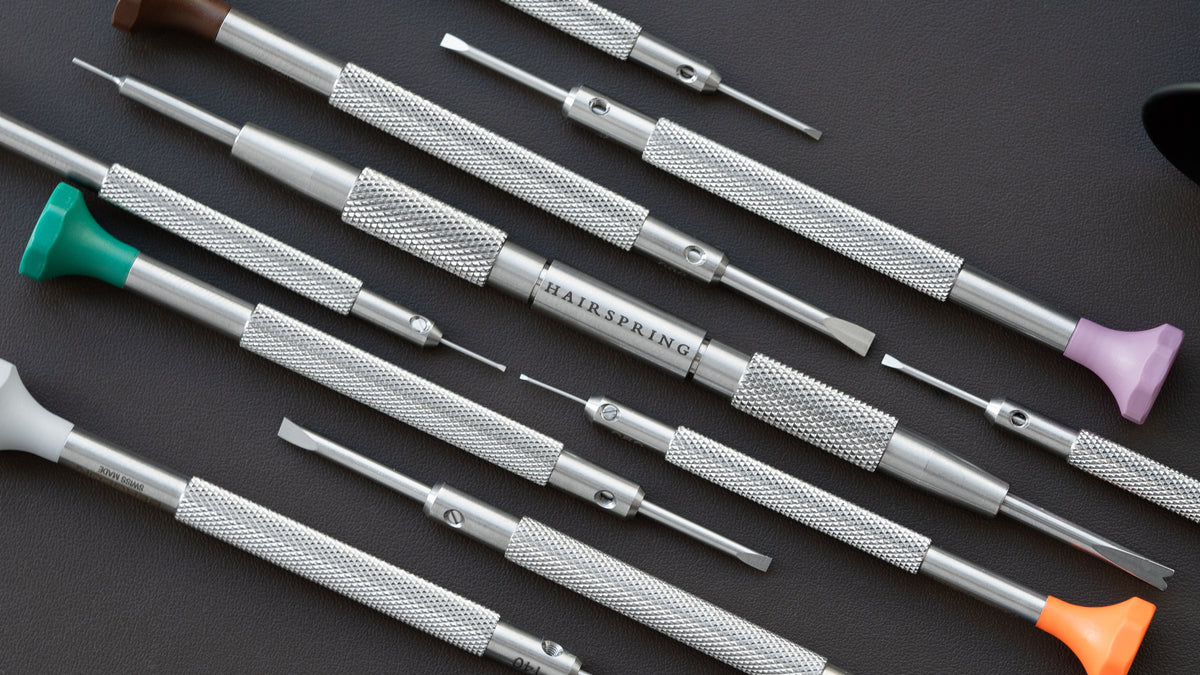
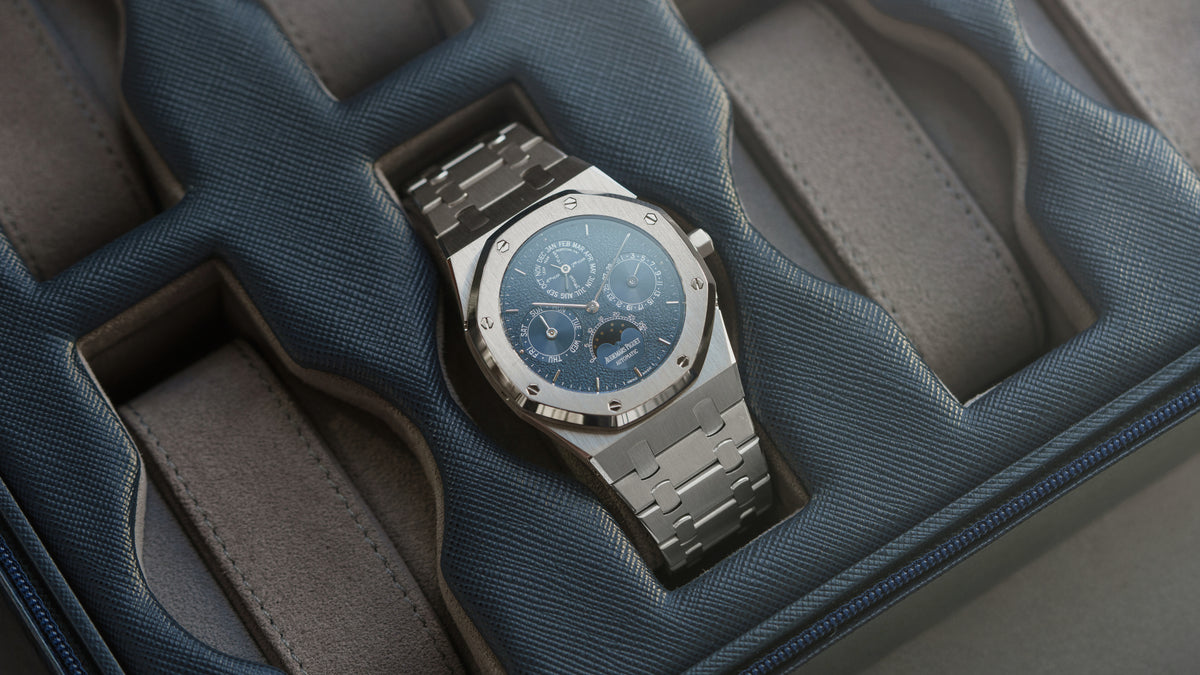
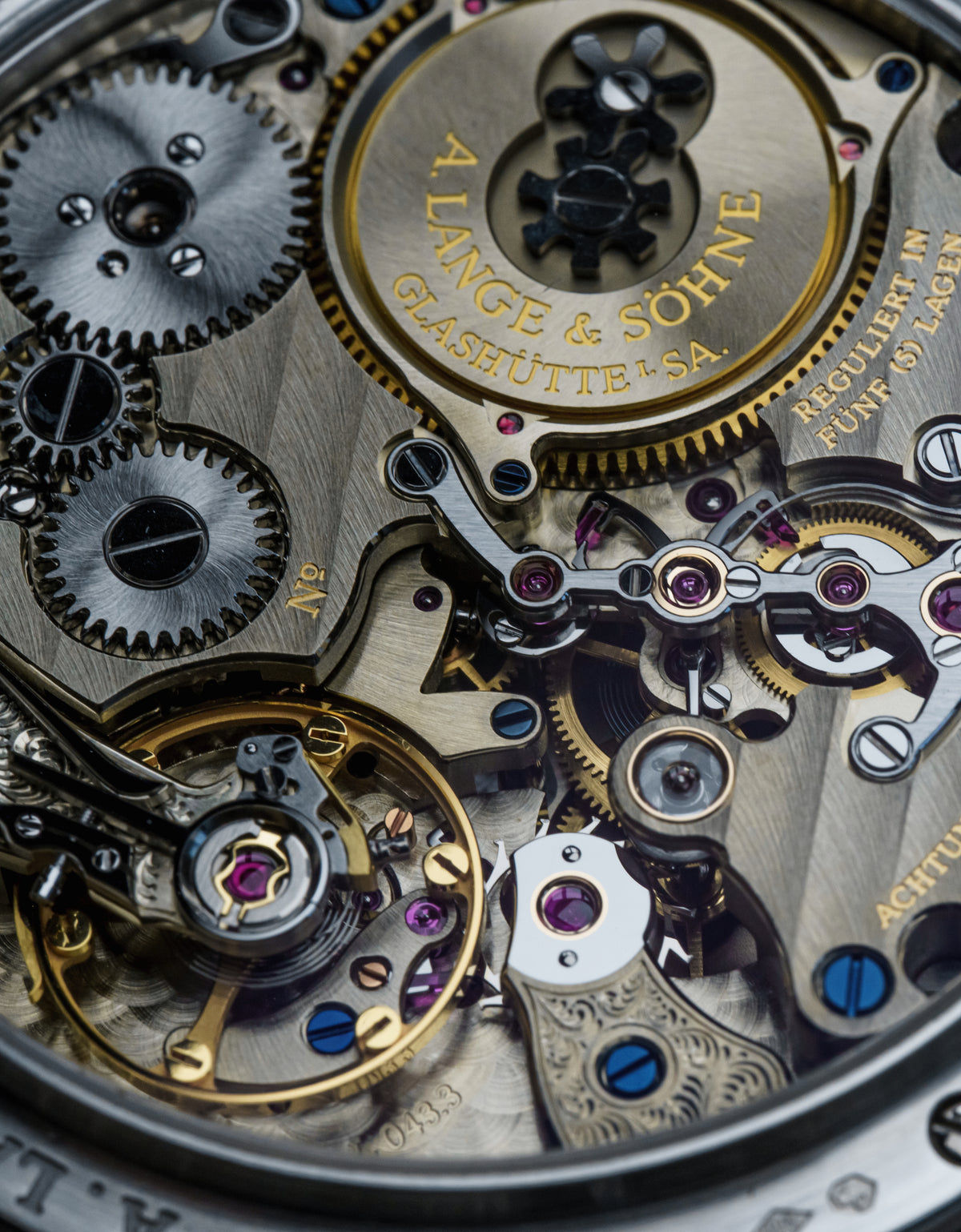
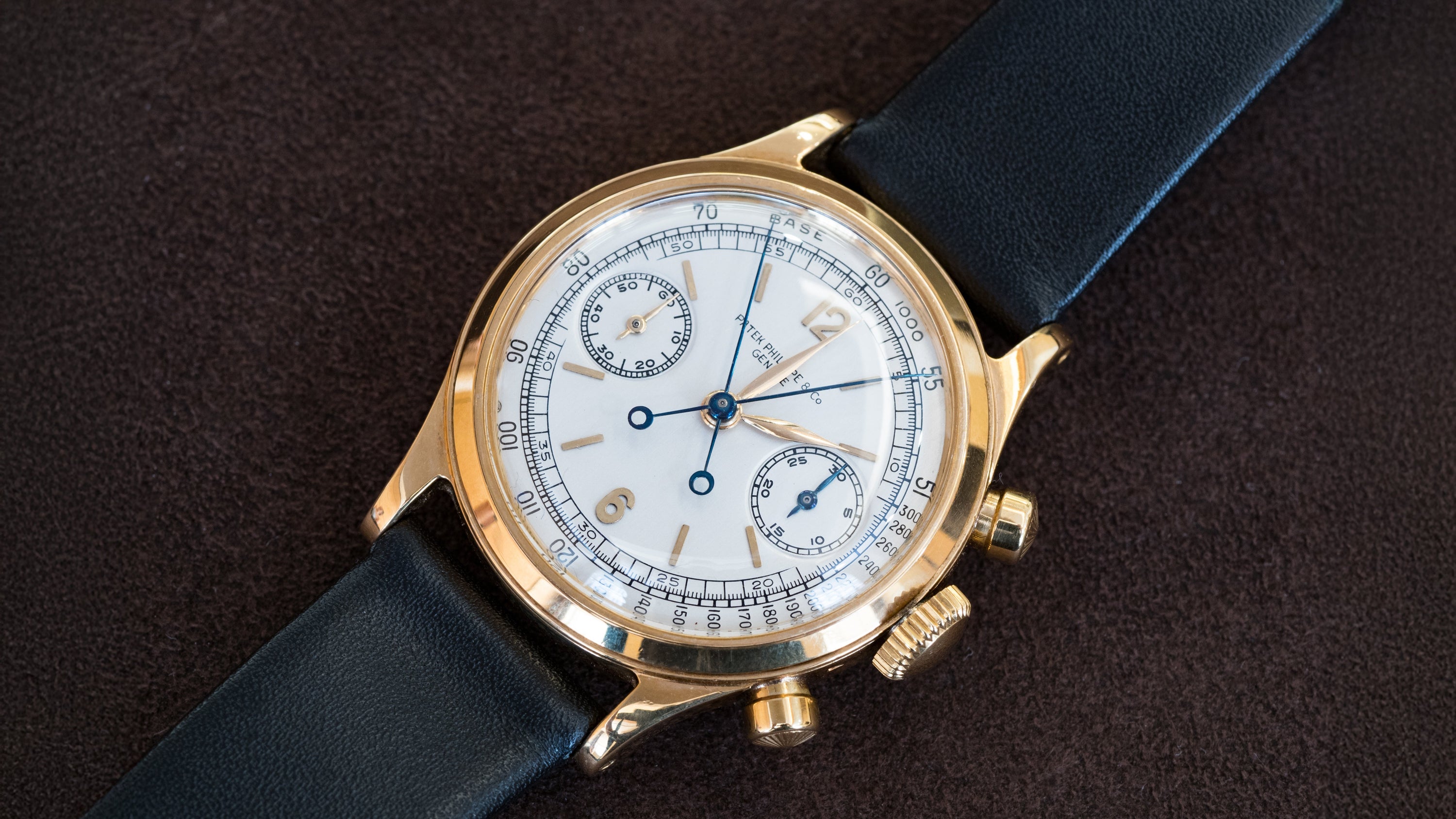
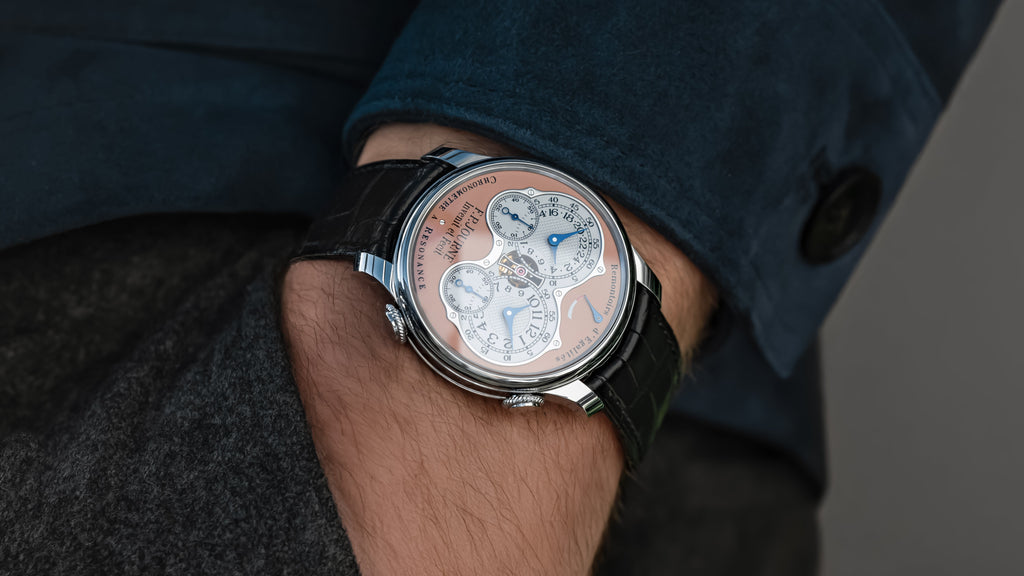
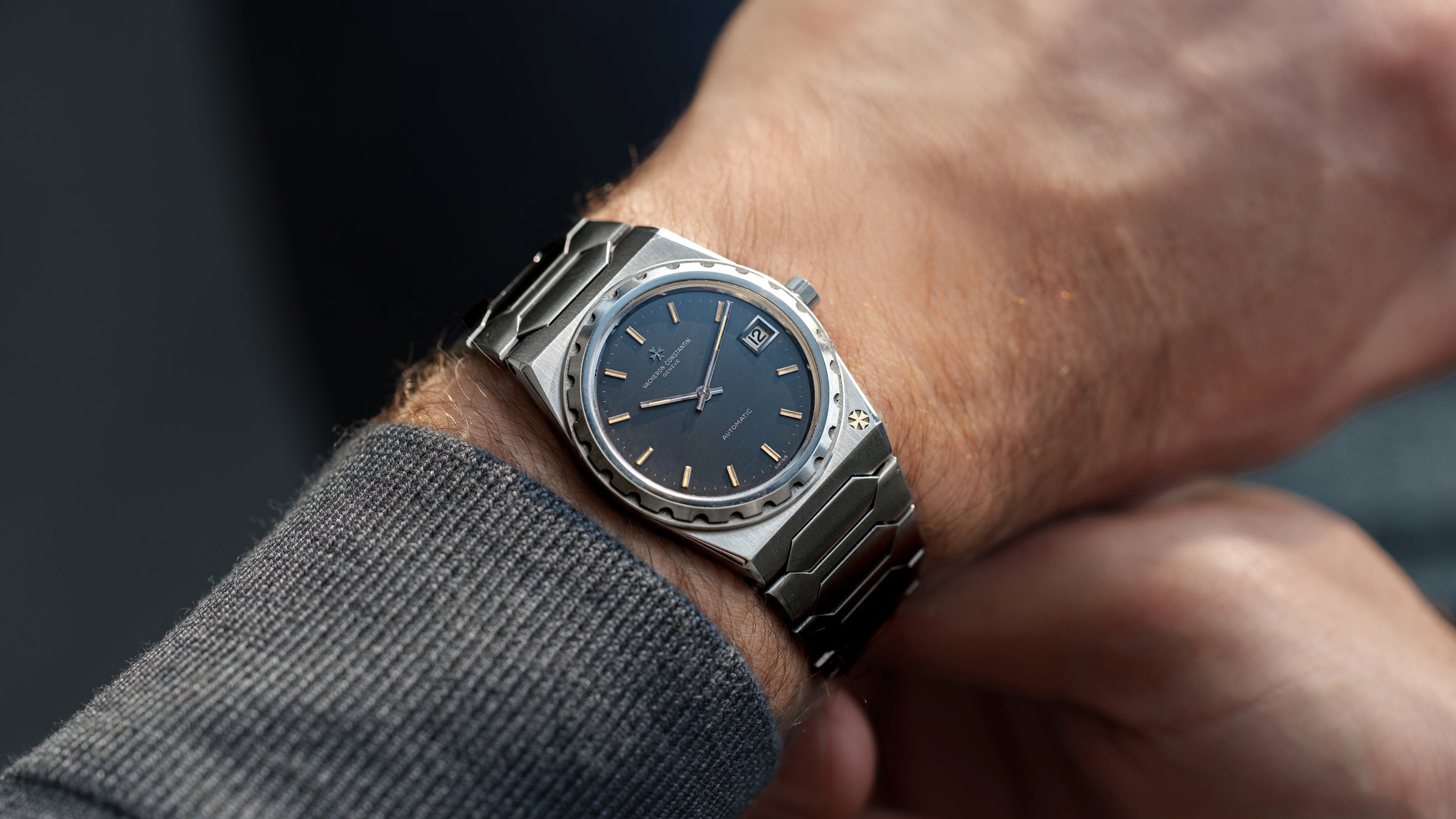
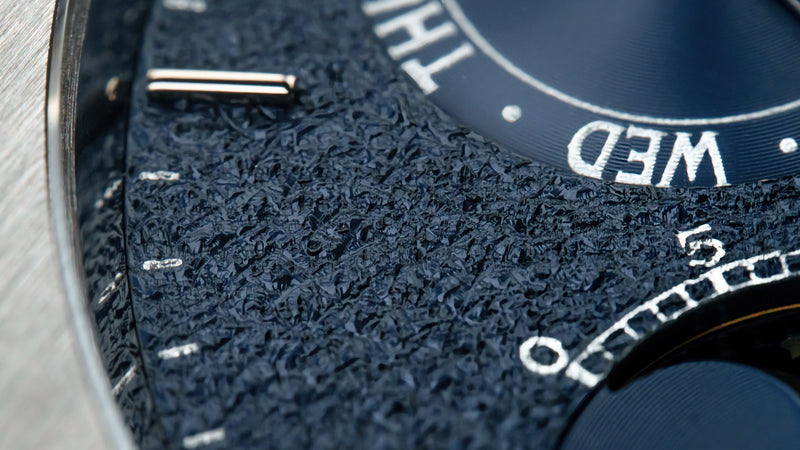

0 comments
Write a Comment